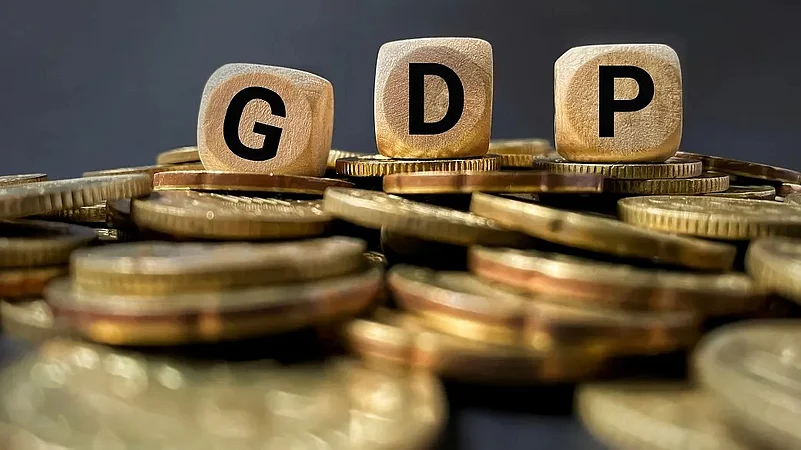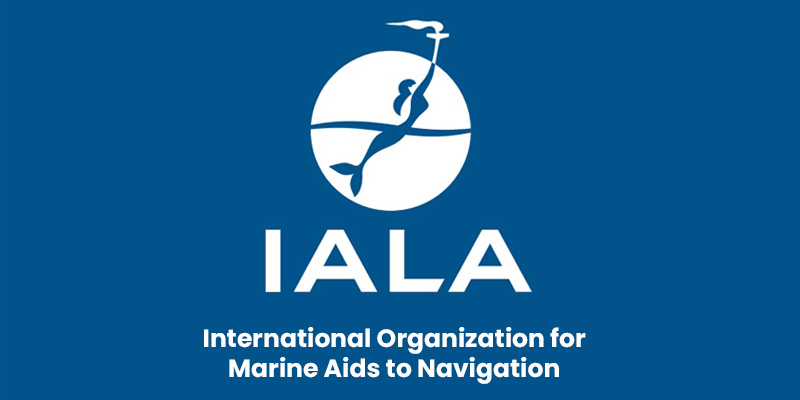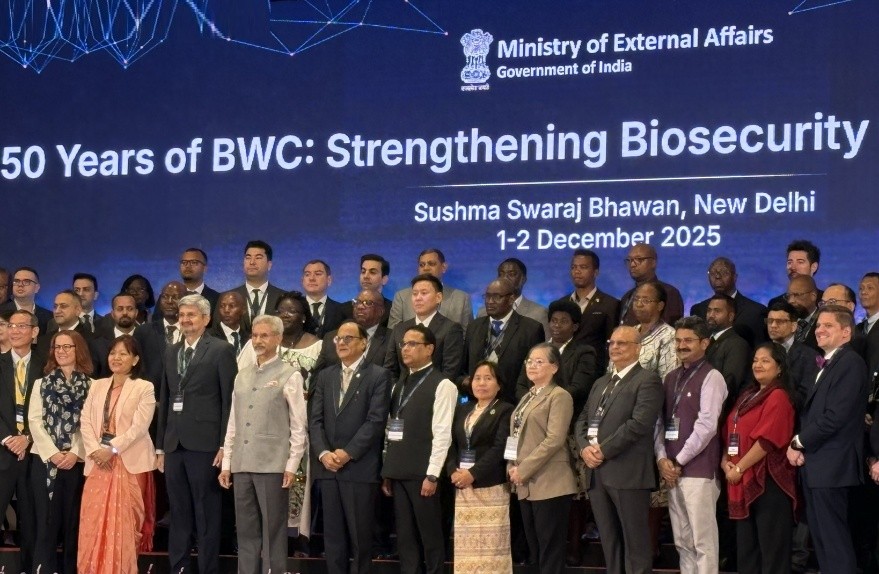Pradhan Mantri Jan Dhan Yojana (PMJDY): Empowering Financial Inclusion
|
Sukhasya Moolam Dharma, Dharmasya Moolam Artha, Arthasya Moolam Rajyam; ie. The root of happiness is righteousness (dharma), the root of righteousness is wealth (artha) , the root of wealth is governance (rajya). ~Kautilya’s Arthashastra The verse puts the onus on the state to involve people in economic activity |
Context:
National Mission for Financial Inclusion, namely, Pradhan Mantri Jan Dhan Yojana (PMJDY) significantly promoted financial inclusion. As of July, 2024, 52.81 crore PM Jan-Dhan accounts were opened, with deposit balance of Rs. 2,30,792 crore.

Financial inclusion:
- According to the World Bank, it means that individuals and businesses have access to useful and affordable financial products and services, such as transactions, payments, savings, credit, and insurance, delivered responsibly and sustainably.
- It promotes equitable and inclusive growth by providing affordable financial services to vulnerable groups, including low-income and weaker sections, who lack access to basic banking services.
- Financial inclusion is pivotal in achieving the Sustainable Development Goals (SDGs) by providing the tools necessary for economic empowerment, reducing inequality, and promoting sustainable and inclusive growth.

Pradhan Mantri Jan Dhan Yojana (PMJDY)
- Launch: 28th August 2014
- Aim: Provide universal banking services to unbanked households, emphasising the principles of banking the unbanked and serving underserved regions.
- The scheme focuses on covering households in both rural and urban areas.
- It ensures access to basic financial services like savings accounts, remittance, credit, insurance, and pensions affordably.
Benefits under PMJDY:
- One Basic Savings Bank Deposit (BSBD) for unbanked persons, No minimum balance required, Interest on deposits, RuPay Debit card.
- Accident insurance cover of Rs. 1 lakh (increased to Rs. 2 lakh for accounts opened after 28.8.2018) with the RuPay card.
- Overdraft facility up to Rs. 10,000 for eligible account holders.
- Eligibility for Direct Benefit Transfer (DBT) and schemes like Pradhan Mantri Jeevan Jyoti Bima Yojana (PMJJBY), Pradhan Mantri Suraksha Bima Yojana (PMSBY), etc.

Key Achievements Under PMJDY:
- Notably, 29.37 crore (55.6%) of these accounts belong to women, indicating a positive trend in women’s financial empowerment.
- Approximately 35.15 crore (66.6%) accounts are situated in rural and semi-urban areas, addressing the financial needs of these populations.
Challenges in the implementation of the Mission include:
- Telecom connectivity, Keeping the accounts “Live“, Brand awareness on Bank Mitra model, Commission to Bank on Direct Benefit Transfer (DBT), Coverage of difficult areas such as Parts of North East, Himachal Pradesh, Left Wing Extremism (LWE) districts.
Related Financial Inclusion Initiatives: Entrepreneurship Support:
Conclusion:
- Economic Survey 2023-24: It states that a key driver of financial inclusion is digitalisation of the financial system, transforming financial services globally.
- Digital Financial Inclusion (DFI): Going forward the aim should be to ensure DFI, which means providing cost-effective digital access to financial services for underserved populations.
- Financial Literacy and Credit Counselling (FLCC): Establishing an adequate number of Financial Literacy Centres (FLC) & Mechanism to increase financial literacy among the financially excluded sections.


